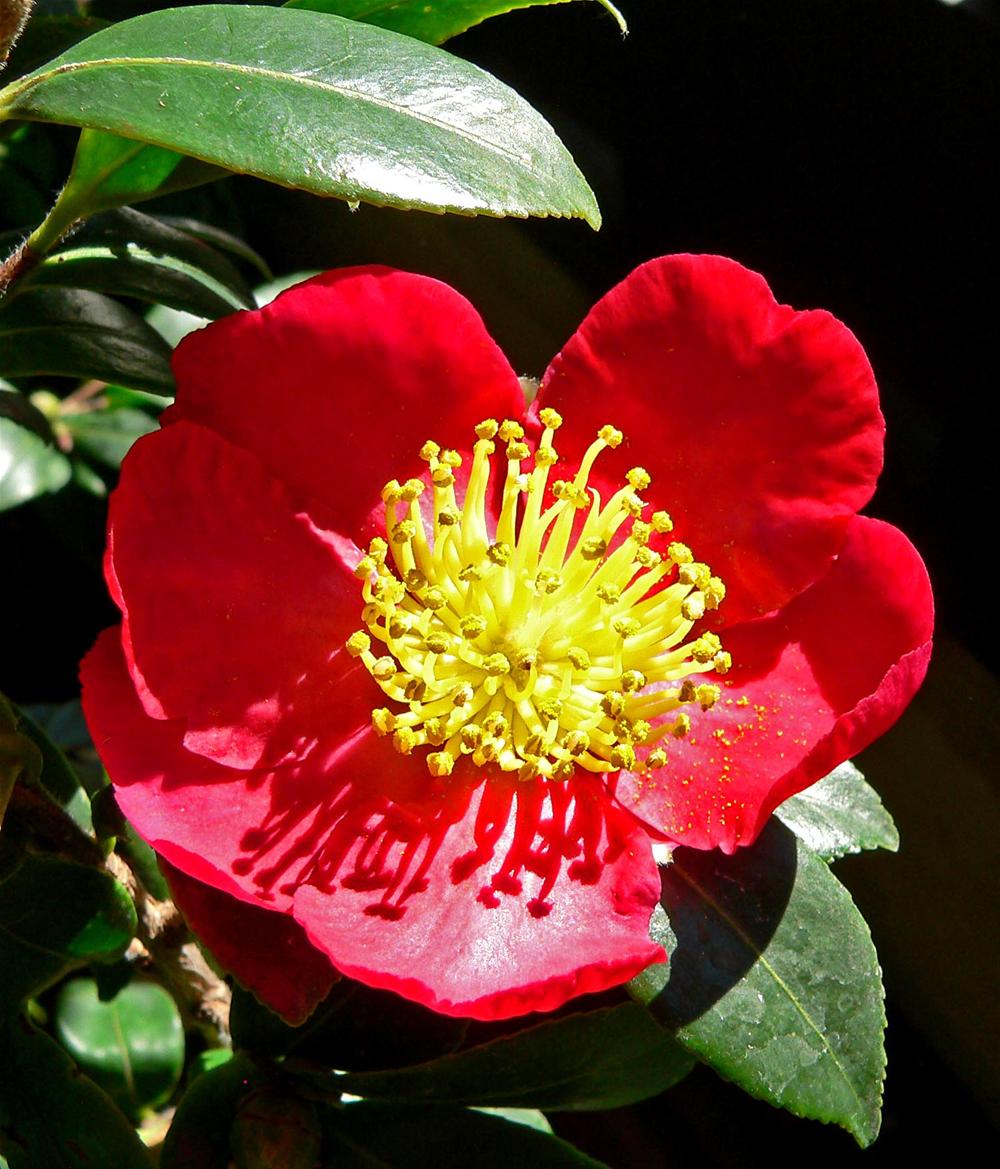Grandmother’s Camellias
Since I’ve been working at the garden center, I’ve had many customers comment about their grandmothers’ camellias – whether it was in trying to transplant or preserve them or just sharing a favorite memory.
One of the stories that has stuck with me was told to me by a woman who was a bit older than I am. She talked lovingly about how, as a little girl, she watched her grandmother tend her garden. Then, all these years later, when faced with the loss of her grandmother and the sale of her grandmother’s home, she held on to those memories by digging up her grandmother’s cherished camellia and planting it in her own garden.
Most recently, a young man came in to buy “everything” he needed to take care of his grandmother’s camellia because she was no longer able to do so. I told him what a kind and loving gesture that was. He replied that it was the least he could do for someone who gave him everything.
I never saw a camellia where I’m originally from in New York, so I’ve had to educate myself quickly. I am now a huge fan. What is not to love about an evergreen shrub that blooms when a lot of things aren’t? Camellias are so diverse that they can be used as a specimen plant, a foundation shrub, or even a hedge. I bought my first camellia last year. Because of my hectic schedule, that poor thing had to tough it out in it’s pot for longer than I’d care to admit. I planted it with some Bumper Crop and crossed my fingers! I could not have been happier with how it has performed – tender new growth, gorgeous, deep, green mature leaves and lovely white flowers. My bees love it too!
It’s no wonder there were camellias in Nanny’s garden. Grandmothers really do know best!
Cool Wave Pansies are the newest group of trailing pansies on the garden center benches today. What’s so cool about them?
They have incredible spreading power, which makes them perfect for container gardens – use as the spiller around the edge of the pot, or as an accent grouped with plants like ornamental grass, cabbage and kale, mums or any evergreen of your choice.
Planted in the garden they develop a bushy habit that can spread almost 2″ in diameter! With flowers a bit smaller than typical pansies, they tend to hold up better in rain and weather. They are very winter hardy and low care. Choose from a small color pallet now – yellow, white, violet and a mix ‚Äì but expect many more colors as these cool wave pansies become, well, cool!
There are two main varieties of camellias – sasanqua or japonica. The sasanquas bloom in fall/winter and generally will have smaller leaves and blooms. The japonicas bloom in winter/spring with larger leaves and blooms.
Camellias are often mistaken for roses because of their flower, but that is where the similarity ends.
Camellias come in an array of colors and sizes. Most shrubs will mature in the 8′- 10′ range, but there are certainly “dwarf”varieties like the Shishi Gashira. They prefer part sun locations, soil pH of 5.5 – 6.8 and are generally slow growers. (Tip – Always check your pH before you fertilize. Your plant will not utilize fertilizer effectively if the soil pH is not in the plant’s preferred range.)
Most people are familiar with the crimson bloom of the Yuletide camellia, but other great sasanqua varieties are Setsugekka, Kanjiro and Jean May.




